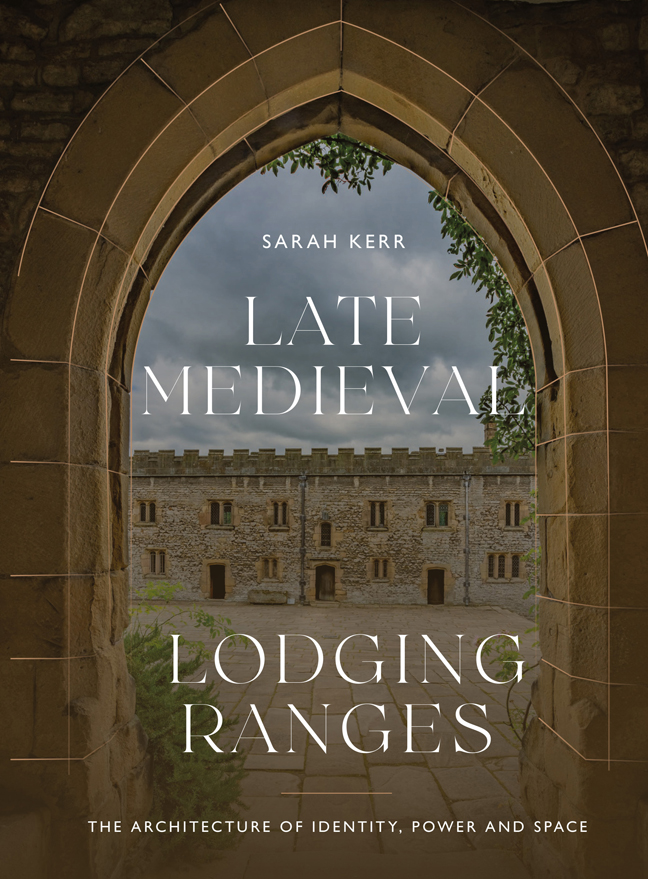Book contents
- Frontmatter
- Dedication
- Contents
- List of Illustrations
- Preface and Acknowledgements
- List of Abbreviations
- Introduction: What are Lodging Ranges?
- 1 A Room of One's Own
- 2 Expressions of Individuality and Collectivity
- 3 The Theatre of Display
- 4 The Spaces Between
- Envoi: Narratives in Stone and Space
- Glossary
- Gazetteer A
- Gazetteer B
- Bibliography
- Index
- Miscellaneous Endmatter
2 - Expressions of Individuality and Collectivity
Published online by Cambridge University Press: 21 February 2024
- Frontmatter
- Dedication
- Contents
- List of Illustrations
- Preface and Acknowledgements
- List of Abbreviations
- Introduction: What are Lodging Ranges?
- 1 A Room of One's Own
- 2 Expressions of Individuality and Collectivity
- 3 The Theatre of Display
- 4 The Spaces Between
- Envoi: Narratives in Stone and Space
- Glossary
- Gazetteer A
- Gazetteer B
- Bibliography
- Index
- Miscellaneous Endmatter
Summary
IDENTITY AND ARCHITECTURE
In the previous chapter it was discussed how the architecture of lodging ranges indicated their use as high-status accommodation. The provisions such as garderobes and fireplaces made each room distinctly comfortable and grand. The individual door had a crucial role in creating a sense of privacy and allowing authority over the space within the room beyond. While lodging ranges were clearly high-status spaces, this chapter will extend this concept from place to person. That is, lodging ranges were not only high-status spaces, but were built to reflect status. In the last chapter we defined status as the social and professional position of each person, and, in this way, it was integral to a person's identity. Identity can be considered as the multi-threaded composition of qualities that creates a notion of self. These threads are what make us unique, and what bind us to other people. There is a literal component, the fact of being who you are, but this should be considered a thread within identity rather than the total sum. An incomplete list of other threads within one's identity would include gender, ethnicity, religion and occupation. Therefore, when discussing identity, I refer to the sum of these threads, although some are more evident in the architectural record than others. Those detectable through building remains, and discussed in this chapter and the next, include occupation, status, kinship, authority and independence. As we discuss the interrelationship of lodging ranges and identity it will become clear that these threads are not always evidential at the same time. We see hints of one identity being projected while another identity might be imposed. Therefore, like status and privacy in Chapter 1, we consider identity as relational. Identities were not static but shifted as an individual did, and they were impacted by – and impacted on – other people's identities. They were created, performed and practised by the identity holder, yet could be imposed from afar even if the identities were in contrast with one another.
Each facet of a person's identity was shaped by their social, cultural and physical surroundings. This is an important element of identity studies, particularly at a time when DNA testing and categorising people into percentages of a nationality are on the rise. It is absurd to consider identity as quantifiable. The reality is that identity is messy. While our past shapes us, so does our present.
- Type
- Chapter
- Information
- Late Medieval Lodging RangesThe Architecture of Identity, Power and Space, pp. 97 - 138Publisher: Boydell & BrewerPrint publication year: 2023



